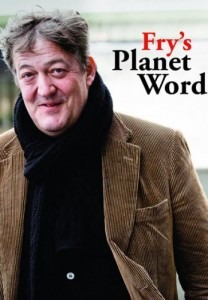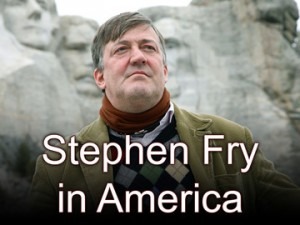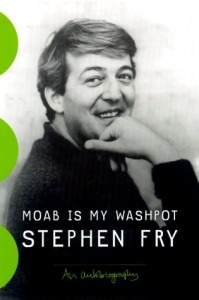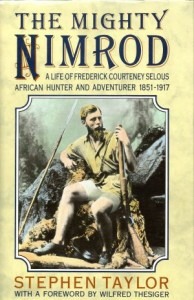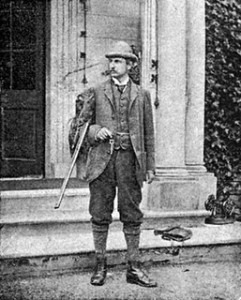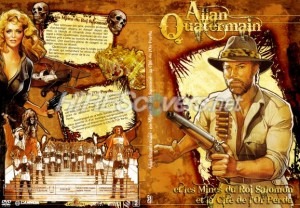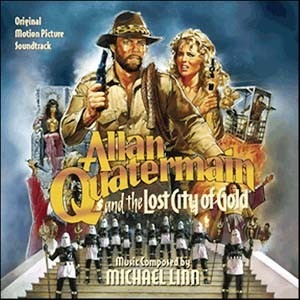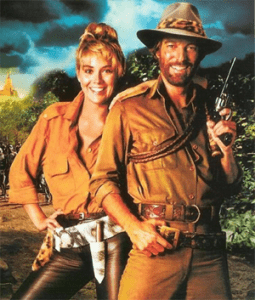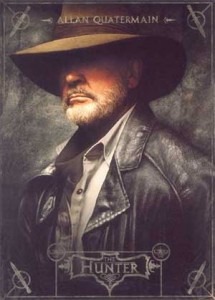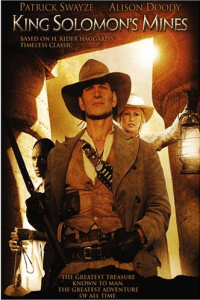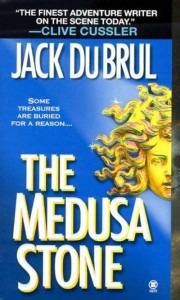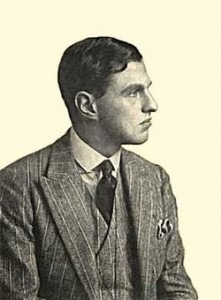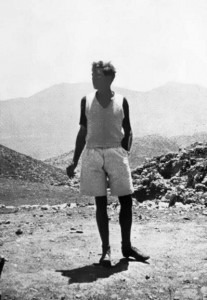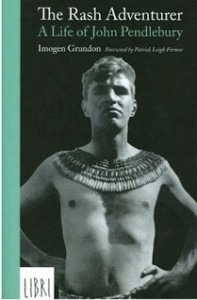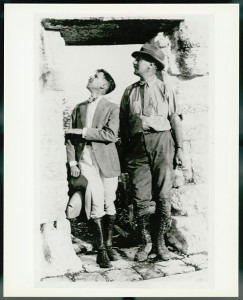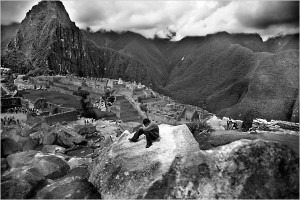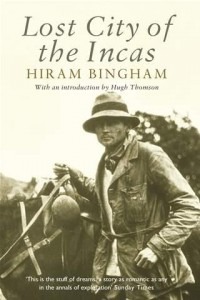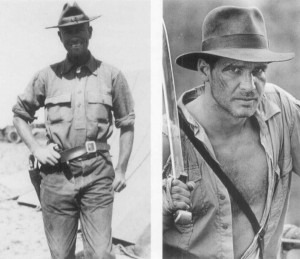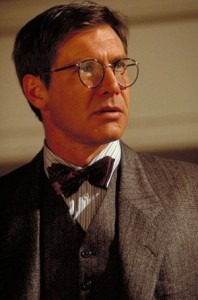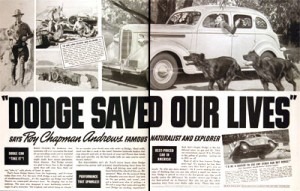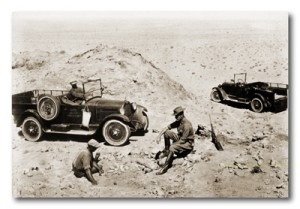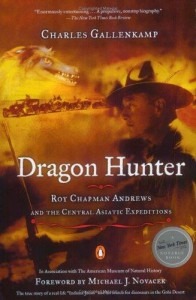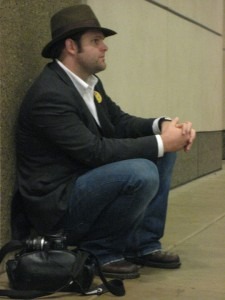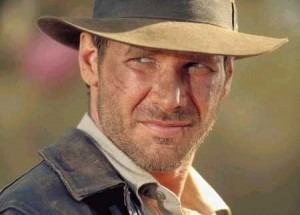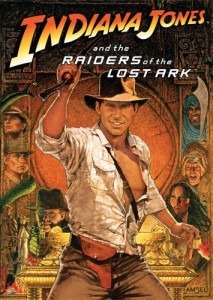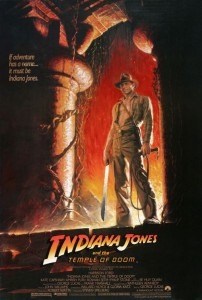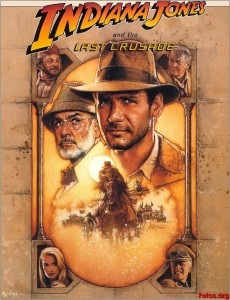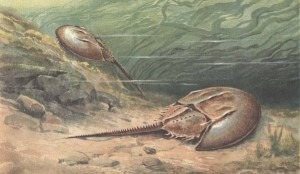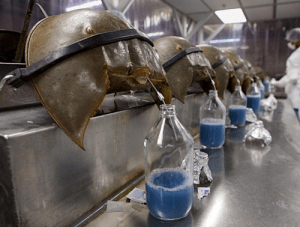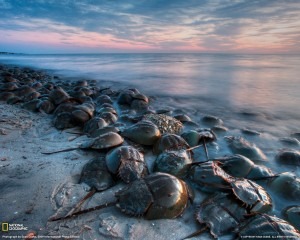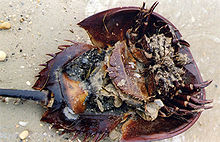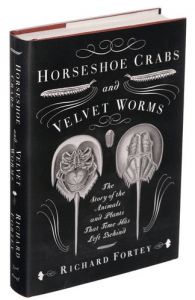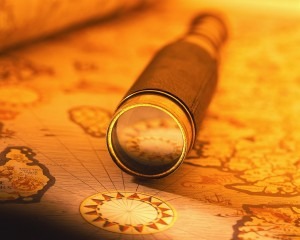The summer is coming to a close, for me at least. I have (officially) completed my Master’s Thesis in History studying the History of American Conservation via the National Zoological Park in Washington, D.C., USA. I also begin my next course of study at the University of Oklahoma in the History of Science, specifically the history of Museum Collecting, and more specific than that, hunting for museums, and fossil expeditions.
 I completed the writing portion of my graduate studies back in March. Edits and bureaucratic fecalities took a toll to generously allow me to only graduate this coming Aug. 18. In between correspondence and moving I took up my reading list. I had set out to make 2012 the year of the biography, with ideas of reading about individuals that I looked up to or respected as professionals in their field. I suppose “heroes” is as good a word as any. I ended up following a narrative thread through one individual much farther than I had intended. That individual is Stephen Fry.
I completed the writing portion of my graduate studies back in March. Edits and bureaucratic fecalities took a toll to generously allow me to only graduate this coming Aug. 18. In between correspondence and moving I took up my reading list. I had set out to make 2012 the year of the biography, with ideas of reading about individuals that I looked up to or respected as professionals in their field. I suppose “heroes” is as good a word as any. I ended up following a narrative thread through one individual much farther than I had intended. That individual is Stephen Fry.
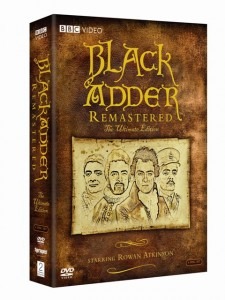 I have been aware of Stephen Fry for many years, mainly as one of England’s “national treasures.” I began to follow his works and words with more intensity when he released a documentary called Last Chance to See with Mark Carwardine. Fry as cohost and non-naturalist brought a child like wonder to the natural world that I have not seen in many years. Further research indicated that Carwardine contacted Fry to reprise Douglas Adams’ role int he original Last Chance to See. Fitting, given Stephen and Douglas were great friends in life. Incidentally there is an hour long reading where Douglas recounts some of the original travelogue. Poisonous snakes and antivenom are the highlights.
I have been aware of Stephen Fry for many years, mainly as one of England’s “national treasures.” I began to follow his works and words with more intensity when he released a documentary called Last Chance to See with Mark Carwardine. Fry as cohost and non-naturalist brought a child like wonder to the natural world that I have not seen in many years. Further research indicated that Carwardine contacted Fry to reprise Douglas Adams’ role int he original Last Chance to See. Fitting, given Stephen and Douglas were great friends in life. Incidentally there is an hour long reading where Douglas recounts some of the original travelogue. Poisonous snakes and antivenom are the highlights.
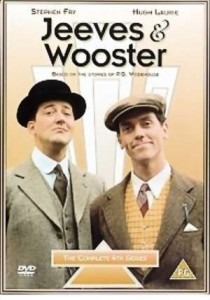
 Back to Fry. Working backwards from Last Chance to See I began to find Fry nearly everywhere. I absorbed the series A Bit of Fry and Laurie, Jeeves and Wooster, his works in Blackadder, and even joined twitter for the shear joy of reading Fry’s tweets. I followed his English Cab across the United States in Stephen Fry in America and followed the depths of depression and mania in his Secret Life of the Manic Depressive. He hosted a one off on Gutenberg and the Printing Press, another which I finally watched last night on Wagner, and the brilliantly executed Planet Word. Stephen Fry and Brian Blessed, quite worth seeing. Even though Fry only wrote the preface/introduction to the accompanying Planet Word Book, it is still worth a read. As I am writing this I am watching his interview on Bigthink.com, and Fry and Laurie Reunited.
Back to Fry. Working backwards from Last Chance to See I began to find Fry nearly everywhere. I absorbed the series A Bit of Fry and Laurie, Jeeves and Wooster, his works in Blackadder, and even joined twitter for the shear joy of reading Fry’s tweets. I followed his English Cab across the United States in Stephen Fry in America and followed the depths of depression and mania in his Secret Life of the Manic Depressive. He hosted a one off on Gutenberg and the Printing Press, another which I finally watched last night on Wagner, and the brilliantly executed Planet Word. Stephen Fry and Brian Blessed, quite worth seeing. Even though Fry only wrote the preface/introduction to the accompanying Planet Word Book, it is still worth a read. As I am writing this I am watching his interview on Bigthink.com, and Fry and Laurie Reunited.
 Working on a Master’s thesis quite limits the amount of things that you can read outside of your chosen research topic. I did however want to read his two autobiographies, badly. I have always enjoyed biographies, autobiographies and memoirs more than any other type of literature. They are the windows into the minds and sometimes souls of people that you want to emulate, or most definitely not emulate as the case may be. They are what can connect “common” people with those that are “famous.”
Working on a Master’s thesis quite limits the amount of things that you can read outside of your chosen research topic. I did however want to read his two autobiographies, badly. I have always enjoyed biographies, autobiographies and memoirs more than any other type of literature. They are the windows into the minds and sometimes souls of people that you want to emulate, or most definitely not emulate as the case may be. They are what can connect “common” people with those that are “famous.” I picked up both Moab is My Washpot and the more
I picked up both Moab is My Washpot and the more
recent Stephen Fry Chronicles with all intent of reading them. I ended up getting them on audiobook and listening to them both as I drove the length of Texas multiple times in order to find a place to live, a job, and other amenities in Norman, OK. Let me back up a bit. I hate–HATE books on tape. I suppose they are just called audiobooks now, but the point remains valid: I hate having someone read a book to me, they never put he emphasis where I think it should be, or where I would have put it had I been reading it myself. But, I bit the bullet and decided that the 8 hour drive would be better spent listening to books on my “To Read” list than scanning 236 radio stations or listening to 37 Dire Straits repeats on my ipod.
Luckily for me Stephen Fry also read these books. This is an acceptable substitute in my mind, after all, who else better qualified to read a book, besides the author? I was not disappointed. Gaining an insight into what make Fry tick, his troubles with addiction and acceptance were extremely interesting. The mundane details of boarding school and public school life were also of interest to someone raised in the United States. Chronicles ends just before A Bit of Fry and Laurie takes off. I hope that there is another work in progress picking up where that one left off. How great would it be if Hugh Laurie would get on the wagon and write his own. Doubtful, though, given how private Hugh keeps his life.

 I picked up two more audio treats as well. Stephen Fry’s English Delight and Rescuing the Spectacled Bear. The former follows some of the more intricate and completely obtuse evolution of the English language. The latter is a Peruvian diary followup to A Bear Called Paddington. Which everyone should read, similar to the story of Winnie the Pooh or Smokey the Bear, Paddington is the “face” of a species. A species that is in ever growing danger of extinction. Rescuing is also a neat little aside into Peruvian political and natural history.
I picked up two more audio treats as well. Stephen Fry’s English Delight and Rescuing the Spectacled Bear. The former follows some of the more intricate and completely obtuse evolution of the English language. The latter is a Peruvian diary followup to A Bear Called Paddington. Which everyone should read, similar to the story of Winnie the Pooh or Smokey the Bear, Paddington is the “face” of a species. A species that is in ever growing danger of extinction. Rescuing is also a neat little aside into Peruvian political and natural history.
My latest addiction as it were has been the show QI. Stephen hosts the show with comedian Alan Davies in a perpetual Ed McMahon role receiving pointed barbs from Stephen throughout the show. When the show was first marketed I thought it was simply a game show, and armed with that knowledge I vowed never to watch it. I hate game shows with almost the same fierceness as I loathe books on tape. With all the work before me in graduate school it was easy to ignore it. The downside is that I missed a lot of brilliant banter in real time. The upside is that I know have 8 seasons or so to catch up on.
Somehow I came across a youtube clip of the “best of” QI in which they were discussing the giant tortoise and eventually what it is “they say at the acropolis where the parthenon is…”(if you google that you should find a great video.) That would be a perfect way to end. However I must confess one small thing at this point, I have not yet read any of Stephen’s fiction. Although I hear it is well received, I haven’t actually read any fiction in probably two years or so. Well, that may not be entirely true, we listened to Jurassic Park on one of the trips to or from Oklahoma, and I devoured Gideon Defoe’s Pirates! in an Adventure with Scientist before the Aardman production was released.



